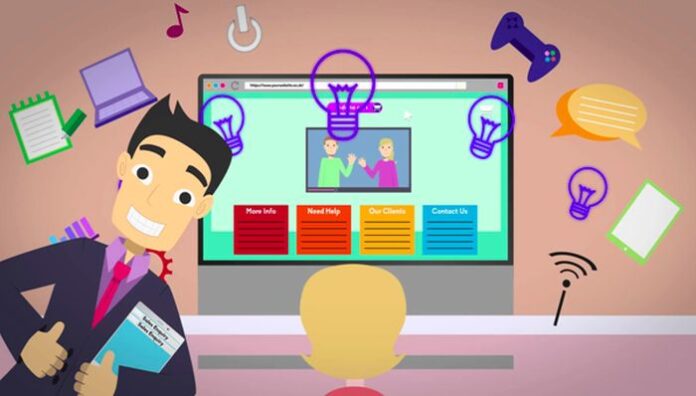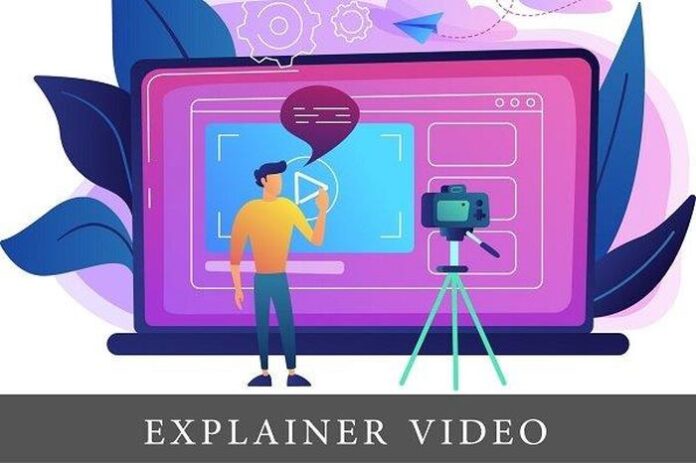Explainer videos have the potential to concisely explain the nature of your business and make a pitch to new customers. Since they’re relatively inexpensive and easy to create, many businesses have chosen to publish one of their own – but most businesses make critical mistakes that compromise the potential return of this strategy.
What do most businesses get wrong about explainer videos and how can you approach the strategy more effectively?
The Top Mistakes Businesses Make With Explainer Videos

These are some of the biggest ways businesses misuse or misunderstand explainer videos:
- Doing it alone. One of the biggest mistakes made by new and small business owners is trying to create an explainer video from scratch entirely on your own. If you have a smartphone and some video editing software, you can piece together a basic demonstration or pitch video in just a few hours – but it’s probably not going to have the professional polish or the conversion potential of a video created by an experienced team. You’re typically much better off working with a video marketing agency or a seasoned expert in this field.
- Using the wrong partner. If you decide to work with a partner when creating your explainer video, don’t assume that all partners are the same. If you want to get the best results, you need to work with an agency that has sufficient experience, access to experts, and a vested interest in helping you succeed. Do your due diligence; make sure to get samples of this company’s work and evaluate previous customer reviews and testimonials before making a final decision.
- Adding too much length/detail. When you’re talking about your business and the products it offers, it’s natural to get a bit longwinded, especially if you’re passionate about what you’re providing. But explainer videos are no place for excessive elaboration. Because attention spans are short and people usually take action immediately or never, it’s almost always better to keep your explainer video short and concise. At most, it should be a few minutes long. If you have a rough draft of your script and you find that it’s excessively long, take a close inspection and start trimming the fat; Are there any sentences or details that simply aren’t necessary to explain the basics of this product? Chances are, you can find at least a few minutes of material that you can eliminate without jeopardizing the core message. Once you’re done with the script, make sure to use PieHole.TV’s script timer tool to estimate how long your video will be (roughly). You can continue making updates once you have a better idea of the length of your content.

- Creating a video with ambiguous purpose. Explainer videos can be awesome, but in what way? What exactly are you trying to achieve with yours? Are you only trying to convert people? Are you trying to raise brand visibility and awareness that your products exist? Are you trying to persuade people to change their minds on a specific subject? Without a defined goal, your video will almost certainly fail.
- Being too vague. Oftentimes, entrepreneurs and marketers fall into the trap of buzzword marketing, using cliched turns of phrase and exciting sounding buzzwords to make a product seem extra appealing. The problem with this is that it doesn’t explain what the product actually does, and that’s the whole point of an explainer video. Eliminate ambiguities by being as direct and straightforward as possible, with plenty of concrete descriptions. By the end of the video, your viewers should have a firm idea of what your company does and what your products and services are.
- Relying on an unnatural script. Explainer videos work best with authenticity from the narrator or host. Unfortunately, many business owners stray from authenticity to provide an image they feel is more professional or to cram as much information into the video as possible. If your script comes off as unnatural, it’s going to turn people away almost immediately. Instead, inject some personality into your narration. It’s also a good idea to avoid over-rehearsing your script, so it sounds much more natural when you present it.
- Selling too hard. It’s true that your explainer video is a piece of sales collateral. It’s a piece of content designed to persuade people that your product is worth purchasing. However, if you push the sale too hard or if you bend too far to convince people of the benefits of your product, it’s going to have the opposite effect. People don’t like the feeling of being manipulated, and they have a keen sense for when someone is trying to sell something to them. Make the video low-pressure and try to make the product speak for itself as much as you can.
- Neglecting the CTA. Of course, it’s also possible to make a mistake in the opposite direction; you may do an exceptionally good job of explaining what the product is and how it works, but without some form of direction, your viewers aren’t going to take any specific action. That’s why every explainer video needs to have a prominent and persuasive call to action (CTA) to encourage viewers to sign up, make a purchase, or take some other meaningful action.
- Not measuring results. Finally, a distressing number of business owners fail to measure KPIs related to their explainer video; they blindly assume that it’s doing its job. There are several important metrics to track, including the number of views, dwell time, conversion rate, and more. If you notice that your video isn’t performing as you expected, you’ll need to make changes or create an entirely new video to see better results.
Trying Again

If your initial attempt at creating an explainer video doesn’t turn out well, either because you’re disappointed with the results or because it didn’t meet your expectations in other ways, don’t let it discourage you. Explainer videos are one of the best sales and marketing strategies available. Rather than giving up, consider starting again with a fresh perspective and a new direction; with your experience, you’ll be in a much better position to succeed the second time around.









